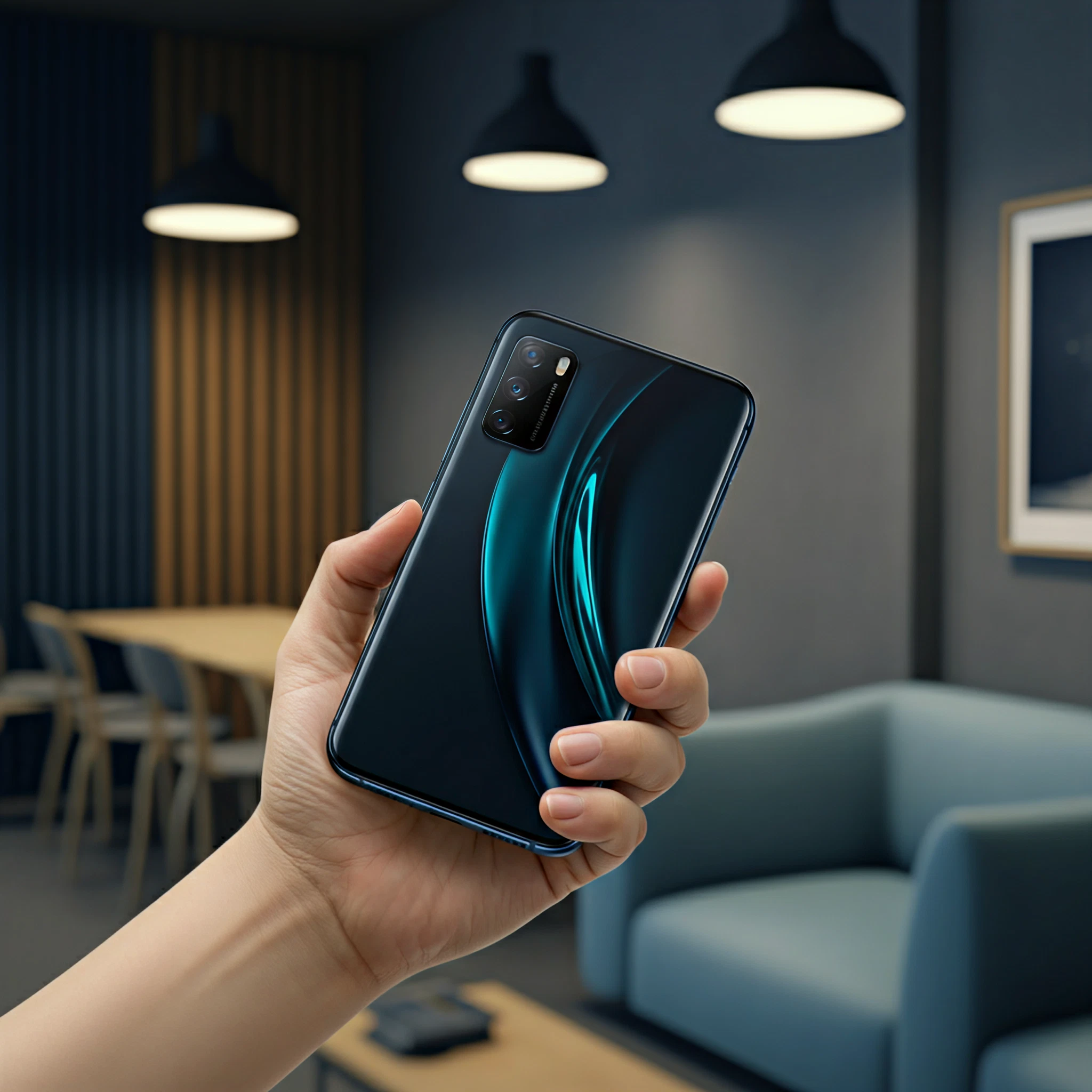When was the last time you heard someone say, “I really wish my phone was thinner”? Probably never. Yet, smartphone manufacturers like Apple and Samsung seem to be racing toward making devices so thin they’re bordering on impracticality. For 2025 releases, both companies are reportedly unveiling their thinnest phones yet—the Samsung Galaxy S25 Edge and the iPhone 17 Air. But is this a trend anyone is truly asking for? Based on consumer needs and industry feedback, the answer seems to be a resounding no.
Why “Thin” Isn’t Top Priority for Consumers
When it comes to smartphones, functionality always trumps form. Consumers prioritize real use-case benefits like longer battery life, better cameras, durability, and value for money over aesthetic features like thinness. A survey by PCMag revealed that most users rank battery performance and camera quality as the top two factors influencing their smartphone purchase decisions. The thickness of their device? It barely registers.
And here comes the paradox: thinner phones compromise on the features consumers actually want. Ultra-thin designs often lead to smaller batteries, fewer cameras, and reduced structural integrity. If adding a protective case nullifies the appeal of a thin device, what’s the point of it being so skinny in the first place?
The Practical Downsides of Super-Thin Phones
1. Shortened Battery Life
The demand for all-day performance has driven manufacturers to prioritize larger batteries in recent years. But to squeeze a battery into a phone as thin as Samsung’s rumored 5.8mm Galaxy S25 Edge or Apple’s 6mm iPhone 17 Air, corners often have to be cut. Reduced battery capacity means these phones may struggle to last through a day of regular use, forcing users to sacrifice convenience for slimness.
2. Simplified Camera Systems
Gone are the days when a single rear camera sufficed. Today, triple or even quad-camera setups have become the norm to enable photography features like wide-angle shots, telephoto zoom, and advanced computational photography. Unfortunately, the ultra-thin frames of these new devices reportedly limit them to just one camera lens. While software enhancements can do a lot, they can’t entirely replace the versatility and performance of multiple physical camera sensors.
3. Durability Concerns
Anyone remember the infamous “bendgate” controversy surrounding the iPhone 6 in 2014? Thinner devices often lack the structural integrity to withstand regular wear and tear, making them more prone to bending or breaking. Modern designs have somewhat improved in this regard, but ultra-thin phones are inherently more vulnerable to damage, especially when accidentally dropped or crammed into tight pockets.
4. Irrelevant in Actual Use Cases
While a phone’s thinness might be noticeable during the first few moments of unboxing, real-world use diminishes this feature completely. Most people slap a case onto their new devices right away to protect their investment, effectively negating any advantage provided by a slimmer design. at that point.
5. Price Hikes Without Justified Benefits
Samsung’s Galaxy S25 Edge is rumored to start at $1,200, while Apple’s iPhone 17 Air may approach $1,000 or more, based on leaks. With fewer features (smaller batteries, fewer cameras) than their flagship counterparts, the high price points of these super-skinny phones feel unjustified. Why pay more for less?
Industry Innovation Should Go Beyond “Thin”
Instead of chasing thinness, smartphone manufacturers could be using their resources to address real customer pain points and drive meaningful innovation. Here are a few areas where innovation would truly delight users:
1. Anti-Glare Displays
Samsung’s Galaxy Ultra phones already feature anti-glare screens that perform better in direct sunlight, yet Apple has failed to adopt this technology for its flagship devices. Incorporating this feature would significantly enhance usability outdoors, benefiting millions of customers worldwide.
2. Superior Cameras
Apple and Samsung have consistently delivered high-quality cameras, but global competitors like Oppo and Xiaomi often surpass them with superior hardware choices. Instead of slimming down their phones, these industry leaders should aim to outshine their competitors by prioritizing camera advancements.
3. Faster Charging Solutions
Why wait hours for your phone to recharge when some brands now offer charging systems capable of taking your device from 0% to 100% in just 10 minutes? Focusing on charging technology would make a bigger impact on user experience than shaving off an extra millimeter of thickness.
4. Longevity & Repairability
Consumers increasingly value devices that last longer, both for environmental reasons and to get the most out of their investment. Manufacturers could prioritize durability, modular designs, and easier repair options instead of pushing out fragile, ultra-thin phones.
What Do Consumers Really Want?
The overwhelming evidence points to something clear and simple: consumers value practicality. They want phones with reliable all-day battery life, great cameras, strong build quality, and competitive pricing. Aesthetics are important, yes, but they shouldn’t come at the expense of important functionality.
Smartphone manufacturers may hype ultra-thin designs as the next big thing, but many customers see through the marketing. Without offering tangible, day-to-day benefits, “skinny phones” risk being nothing more than a gimmick.
Final Thoughts
The push for unnecessarily thin phones feels like a step backward for an industry that has already revolutionized the way we communicate, work, and entertain ourselves. Innovations should solve real problems, not create new compromises. Tech enthusiasts and everyday users alike deserve better from industry giants like Apple and Samsung.
What do you think? Are super-thin phones something you’re excited about, or do you think they’re a missed opportunity to focus on more meaningful improvements? Share your thoughts in the comments below!
Meanwhile, if you’re tired of sacrificing practicality for aesthetic design, you’re not alone. Here’s hoping the next wave of smartphones prioritizes features that truly matter.








